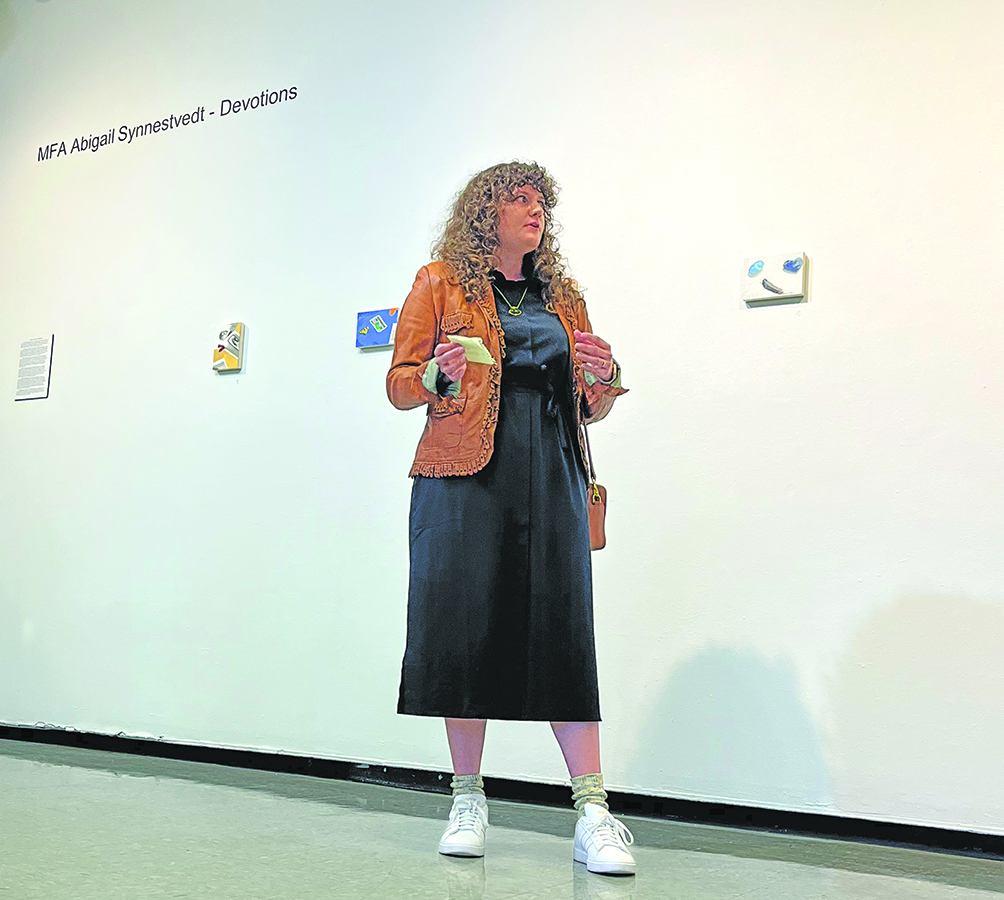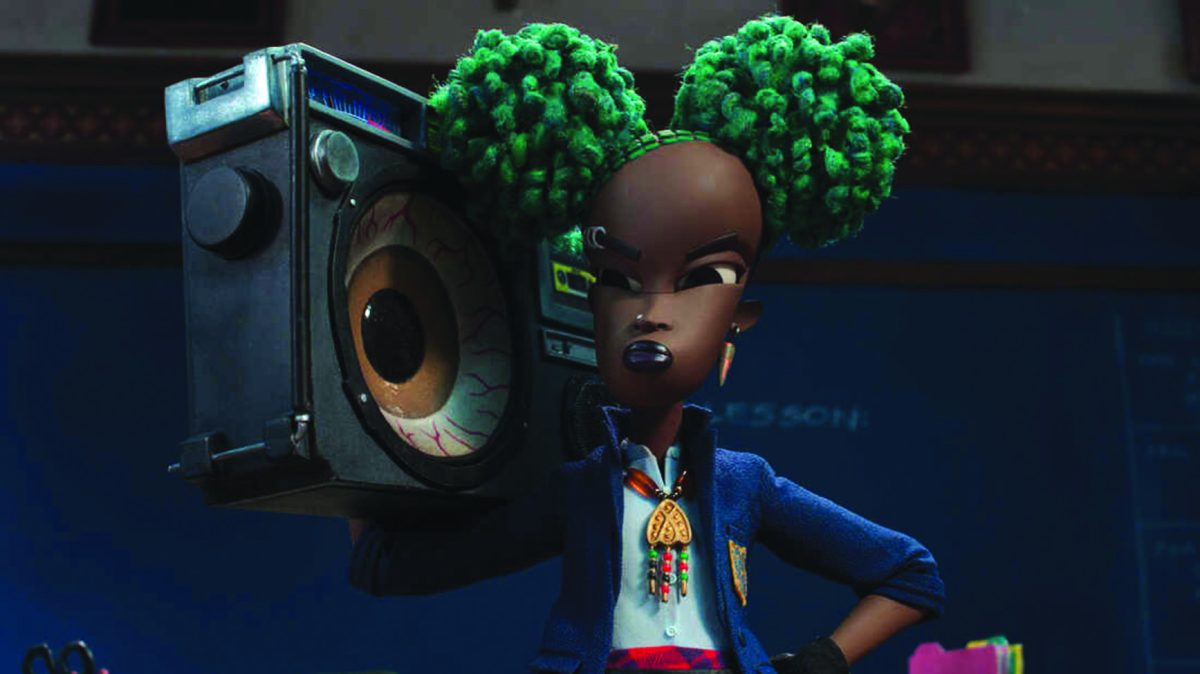So you’ve probably heard about corsets and how much of a torture device they are. How they hurt and made women faint from tight lacing. How they caused horrible illnesses and rearranged bones and bodies.
Well, I’m so happy to say that you are SO WRONG.
To really explain what I mean by that, let me first start by introducing what corsets are. They are garments worn under your main pieces of clothing for the purposes of support and fashion. Their predecessors, stays, function in a similar way. And the current form of supports many women use (known as bras) also function similarly. But when you typically think of corsets, you don’t think of them as supporting the body. You think of them as medieval torture devices that were implemented by the patriarchy.
So, to properly illustrate why this notion is so wrong, we need to start with a brief history of corsetry.
What you think of a corset first started in Europe during the 18th and 19th centuries. They were commonplace especially after the invention of the sewing machine and were able to be mass produced for everyday folks. The purpose of a corset was, for the most part, meant to be a support structure to achieve a desirable shape. Which, in England especially, was this almost hourglass-like figure with an accentuated bust and behind and a flat front. It became an extremely popular form of fashion and, as a result, many people wore them.
But if so many women, including working women, wore these so-called ‘torture devices’ then how were they able to get work done? How could you move in one? Why did women choose to wear them?
The answer is rather simple – comfort.
You may be surprised to hear that, no, corsets are not these oppressive garments we modern folks think them to be. In fact, as someone who has worn a traditional corset to help with spinal issues, I can safely say these garments are incredibly comfortable and supportive. Furthermore, most Victorian corsets are made of whalebone, which is a material that is extremely flexible and bendable when exposed to heat. Most folks who wore corsets every day had corsets that literally bent to the shape of the person’s body.
But this isn’t the narrative you hear from modern-day actresses who complain about corsets, or even what you see in movies. So why do a lot of actresses complain about corsets when they are supposedly super comfortable?
It honestly comes down to the fact that a lot of the corsets these women wore were not made for their bodies. The corset I own was measured specifically for my measurements and was well crafted. In addition, unfortunately, a lot of people assume people in the Victorian era were tightlacing, which is what a lot of Hollywood stars are subjected to.
So, what is tightlacing? Tightlacing is when you tighten your corset so much that it gives you a very petite midriff. Tightlacing itself is not necessarily dangerous, but when done to excess it is incredibly uncomfortable and painful. Tightlacing can also make it difficult to breathe and move around.
But here’s the thing, most Victorians did not, in fact, tightlace.
“So why do photos and pictures have Victorians with such incredible waists???”
Photoshop.
Well, not actual modern day photoshop. More like Photographers in the 19th century knew how to manipulate their photos to make it look like what their clients wanted. And for the Victorians, that was a slim waist.
Furthermore, it is also extremely important to stress that so many Victorians did not make their waists look small in everyday life by tightening their corsets. In fact, according to a couple of lovely Youtubers far smarter than I (but especially Bernadette Banner), they did the opposite. They added padding beneath their main layers to give the illusion.
The Anatomy of the corset and how it is worn is also important to remember. In movies you often see women wearing corsets with nothing on beneath the corset, which is a big no-no. While wearing a corset, it is important to wear an undergarment to help protect the skin from pinching and to avoid having to wash the corset.
Historically, a person would put padding and other garments over the corset before putting on their main layers, which concealed the corset and the padding.
Victorians also had exercises which they practiced for the purposes of retaining core muscle strength, as noted in Bernadette Banner’s video “I Wore a (Medical) Corset for 5 Years. How do Victorian Corsets Compare?”
I think we as modern folks see ourselves as the pinnacle of development, but a lot of us seem to forget that people wouldn’t just go about their daily lives being in pain all day, every day of their lives. That is unfeasible, even for the sake of fashion. Sure, modern-day things like plastic surgery exist but most people can’t afford that. But alongside that, corsets were worn by even working women, as noted above.
So why did corsets fall out of fashion? I think the best answer would be trends changing and evolving. We see that happening even now. But what is especially worth noting regarding corsets is that modern day cheap corsets you find online are often times extremely poorly made and not fitted for your body.
If you want to buy a corset, you are going to have to spend about $100 or more on a well-made one. If you’re ever in the NYC area, I’d recommend Orchard’s Corsets on Orchard Street. They’re expensive but also well-made and I’ve had mine from there for a year and a half now and it’s still great.
I think the biggest lesson we can take from the modern-day treatment of Victorian corsets and other garments would be this: please do more research on topics like this. How we engage with historical costumes and history itself is very critical to understanding ourselves and our society as a whole. To me, it’s just a shame that corsets get treated so poorly by media when said media has no clue what it is talking about.





Wendy • Dec 11, 2023 at 7:41 pm
This is a well researched and articulated article about the truth regarding corsets. Thank you Sage As8bakw Selec for taking an interest in corsets and your explanation of the current attitudes and reporting on actresses that are wearing them for shows. Our number one caution is if it is painful, remove the corset. You are not wearing it correctly or the style is not correct for your body.